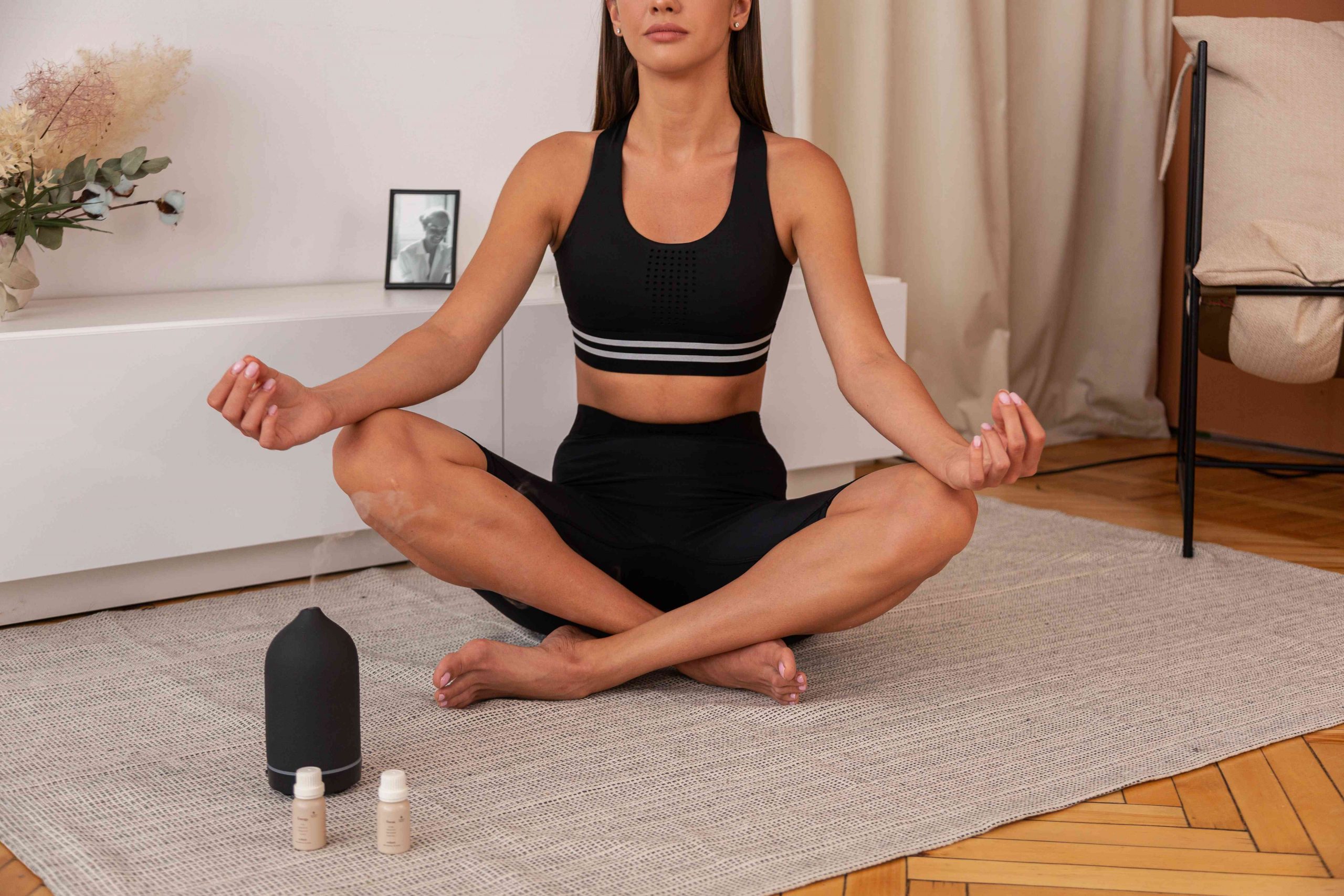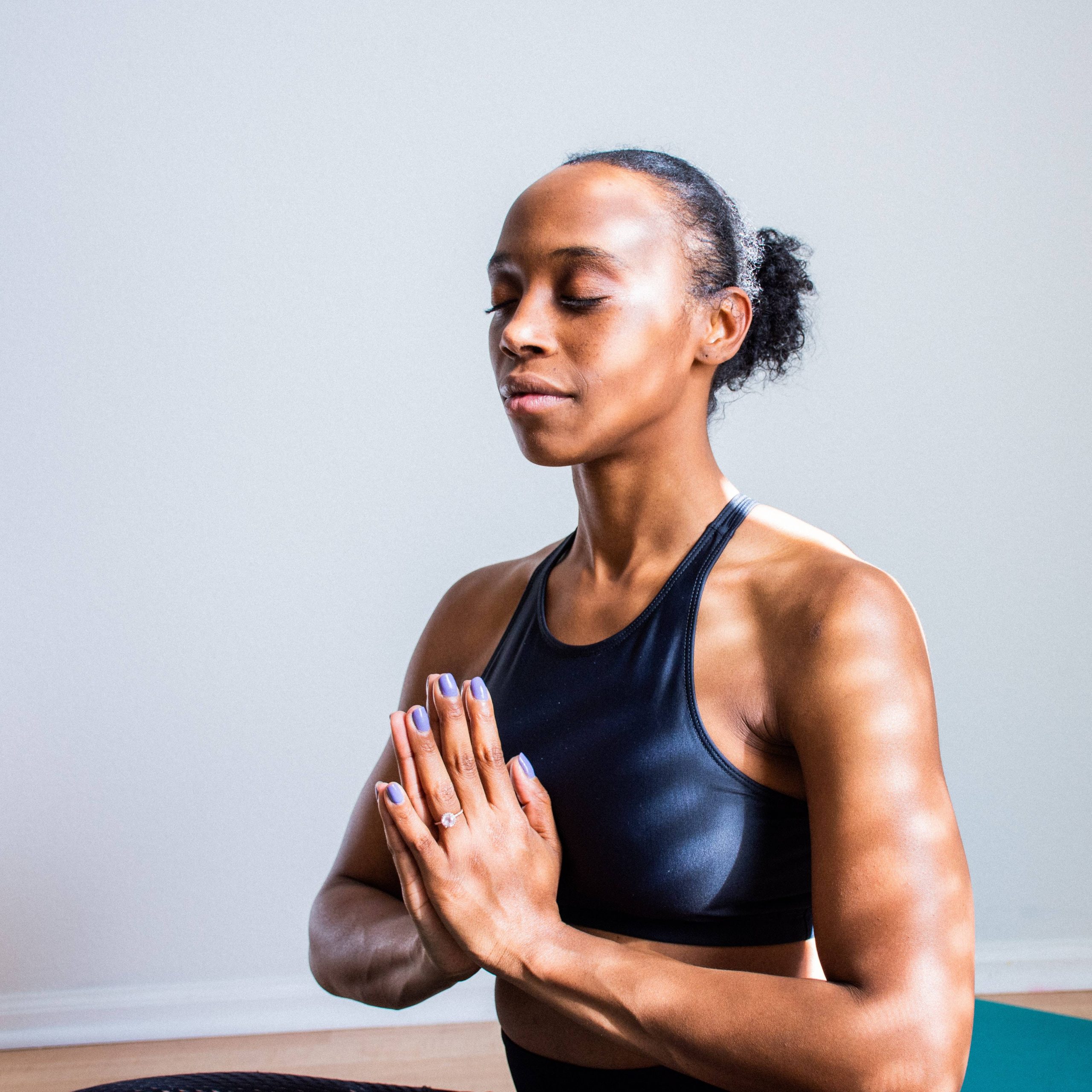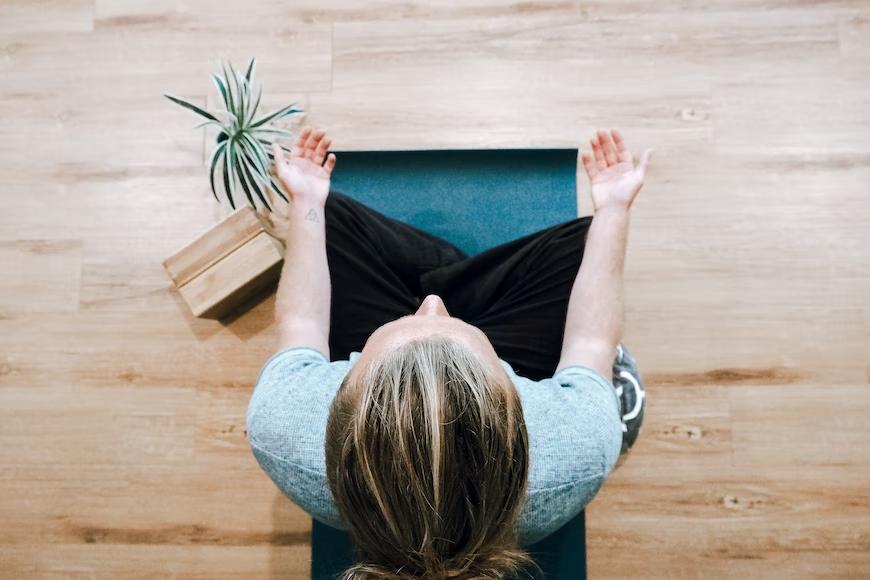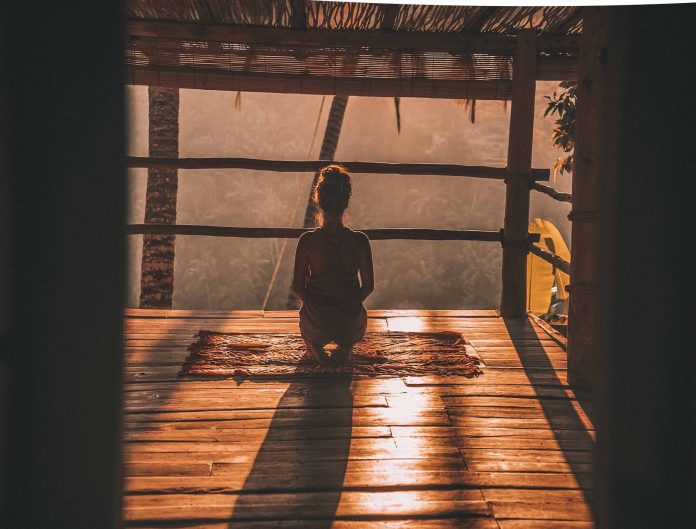Our brains remain active when we are upset, unhappy, or apprehensive, making it harder for us to fall asleep. This condition may go on when we equate going to bed with anxiety about our ability to sleep, leading to sleep disorders like insomnia. To address such sleep problems, experts recommended meditation practice.
Body scan meditation for sleep is a type of mindfulness meditation where you scan for tension, tightness, pain, or anything unusual in your body. This kind of body scan exercise is said to reduce anxiety and promote better sleep and increased self-awareness.
A body scan for sleep is focusing on various body parts and feelings from your feet to the head. It is mentally scanning yourself to become aware of every feeling in every single part of your body, noticing any pain or discomfort. Another purpose of a body scan for sleep is to tune in to your body, reconnect to your physical self, and notice any sensations you’re feeling without judgment.
This type of meditation practice is known to be relaxing. However, relaxation is not its primary goal. The goal is to train the mind to be more open and aware of sensory experiences and to be more accepting. With continuous practice, body scan meditation for sleep will build your ability to focus and be fully present in your life.
If you want to cultivate your ability to be mindful and to tune in to your own feelings, here are 5 steps to do the body scan meditation practice.
Try this guided body scan meditation to relax your body, bring conscious inquiry and openness to the present moment, and enhance the quality of your sleep. Such steps are useful even for beginners. But it is advised to reflect first before getting started. To reflect is to ask yourself questions before you begin the body scan meditation.
Before you start, ask yourself: Can I allow myself to concentrate on my body right now? Can I redirect my attention to my body while my ideas keep coming? Do I think I deserve some time to rest and unwind?
Experience immersive storytelling with Wehear
Then, if you think you are ready, you may begin doing such steps:
1. Get Comfortable

This is the very first thing to do especially if you are doing the body scan meditation for sleep. You can lie down if you’re more comfortable with such ways, and if it isn’t possible, you can choose to sit comfortably. Next, start by paying attention to the sensations on the top of your head. There may be some pressure and vibration. Make a note of your emotions.
2. Concentrate

As you continue in this body scan exercise, focus on the moment your skull touches the bed or the pillow. Other feelings, such as pressure, could be present. Simply noticing those feelings in your mind, you don’t have to force yourself to immediately release your pressure and tensions.
3. Body Scan Exercise is Paying Attention
As you continue in this guided body scan meditation, examine your forehead, eyes, nose, and face area. Take note of your mouth and cheeks. Allow all feelings, including tingling, fever, and tightness, to exist. Be curious about your experience and start to pay attention to how your throat feels.
Take hold of that body scan mindfulness by noticing the sensations in your shoulder area right now. Observe any building stress. You can occasionally feel yourself relaxing as you are observing your anxiety. If it’s not possible, you can take a few deep breaths and focus them on your shoulders.
Focus on the sensations in your left shoulder before moving down your arm. Examine your elbow, lower arm, and hand for any movement, tingling, pressure, vibration, or coolness.

Body scan exercise is being observant and receptive to feelings. Allow yourself to be curious about and receptive to the sensations in your hands and fingers. Give your hands a chance to relax and soften.
And then notice your right shoulder at this point, pay attention to any possible sensations there.
Continue the body scan exercise by getting aware of any movement, tingling, or vibration in your right arm. Take note of your forearm, hands, and fingers, as well as your elbow. The hands and fingers typically have a multitude of feelings. But if there is ever a time when there is no sensation, simply acknowledge it.
Experience immersive storytelling with Wehear
4. Continue Paying Attention

As you continue the guided body scan meditation for sleep, pay close attention to your back and the tops of your shoulders. Imagine an up-and-down or zigzag movement across your back. Can you approach the feelings with curiosity and openness? Continue to be aware of those sensations.
Next, pay attention to the sensations in your lower back, mid-back, and upper back. If you have any anxieties or concerns when you’re doing this, try to let them go. Let them drift through your imagination like clouds in the sky.
Then, take note of the area on the top of the chest. Gently examine your stomach, ribs, and chest. Try to make your stomach softer. Direct your breath in that direction and inhale deeply, letting it soften and relax.

And last, pay attention to your pelvic region and the areas of the bed where your body is in contact with it. Feel any available sensations. Draw your focus slowly to your left hip and down your legs, your left calf, knee, and leg deserve this kind and inquisitive treatment. Take note of any feelings you feel, including heaviness, vibration, tingling, itching, warmth, and coldness. Afterward, focus on your left foot, ankle, and toes.
Pay attention to your right hip’s sensations. And once more, focus on your right thigh below. You can focus on your right leg in a circle or in any other manner that seems logical to you. Feel for any movement, heaviness, tingling, vibration, temperature, or vibration in your knee and leg. Count the toes and ankles on your right leg.
5. Repeat

You are free to start over once you have completed the entire process of a body scan for sleep. This time, you can begin at your feet and work your way back up until you reach your head. Please feel free to do as many up and down scans of your body as you find beneficial.
Guided body scan meditation is a type of mindfulness practice that could help us quickly let go of stress and other factors that are affecting our sleep. Body scan exercise is an effective way to improve and get to sleep.
According to research, numerous types of meditation, particularly the body scan exercise help treat insomnia and enhance sleep quality. For older adults who have chronic insomnia, mindfulness meditation appears to enhance sleep quality and lessen daytime disturbance. These gains might eventually be on par with the effects of sleep aids or other tried-and-true treatments for insomnia. Another fundamental objective of body scan meditation for sleep is to reduce the pressure to go to sleep.






